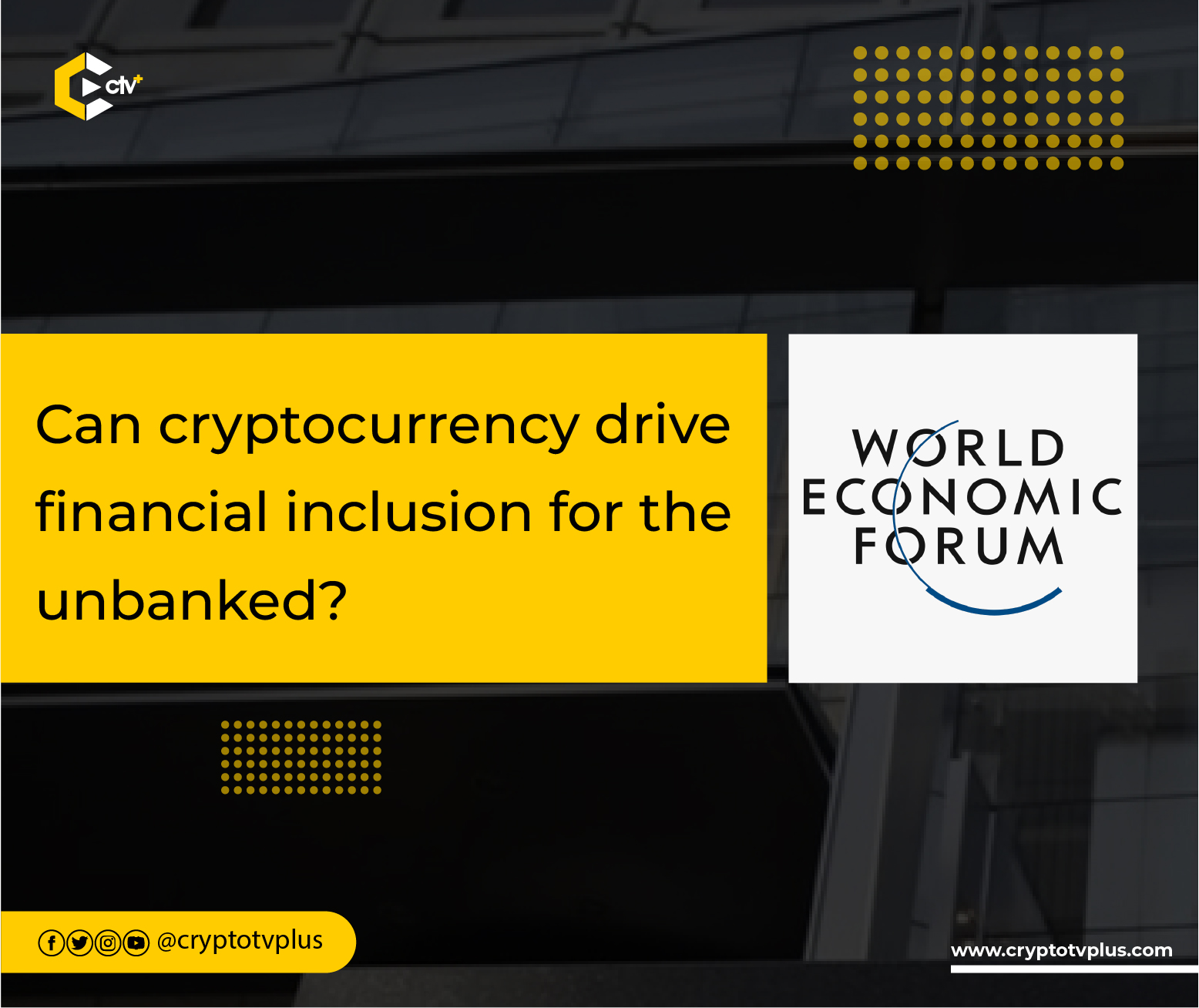FEATURED
Can cryptocurrency drive financial inclusion for the unbanked?

If 1.4 billion adults are unbanked according to a report by the World Bank, is there a convenient tool or system that can accelerate financial inclusion to close this gap? While thinking about the solution, it’s also important to note that most of these people are living in rural areas and lack access to adequate education and basic amenities.
Speaking at a panel session on Financial Inclusion Beyond Access at Davos 2023, Shivani Siroya, CEO of Tala said that her company has taken the burden to serve the local class of the unbanked in the world. Tala was founded in 2011 to offer instant easy financial services to people in underserved markets such as Kenya, Mexico, India, and the Philippines.
According to her, the structure of Tala is to offer credit facilities to individuals to build trust with them before asking them to create accounts and save their monies with Tala. From its inception till date, it has disbursed more than $3.4 billion in credit to over 7 million customers.
Helpful for scalability, as there are trust issues
She revealed that while the future of Tala will need better tools like blockchain and crypto, introducing such tools now to clients will have a counter effect on them. “It can be very useful as you think about scalability on the infrastructure side,” she noted.
While other advantages are protection, and faster transactions, there is a trust issue for adoption by users, she noted. Onboarding new users into the digital world and then introducing the complexities of cryptocurrencies can be too much for them to handle.
Design is important
In support of the CEO of Tala, Her Majesty, Queen Máxima of the Netherlands, said that the design challenge, trust, and money needed to create and manage a blockchain product like cryptocurrencies is expensive.
Today, a mobile phone app is seven times cheaper to use than the average digital currency, she added. To make blockchain better and useful, the design for peculiar needs remains vital.
If blockchain is to be used to drive financial inclusion for the underserved, the design must be tailored to their needs, and education must be part of the adoption process.
Read also;
What are the myths of designing a CBDCs? MIT Director shares thoughts
The greatest threat to the new financial systems – CBDCs and DLTs – is migration – CEO of Euroclear













1 Comment